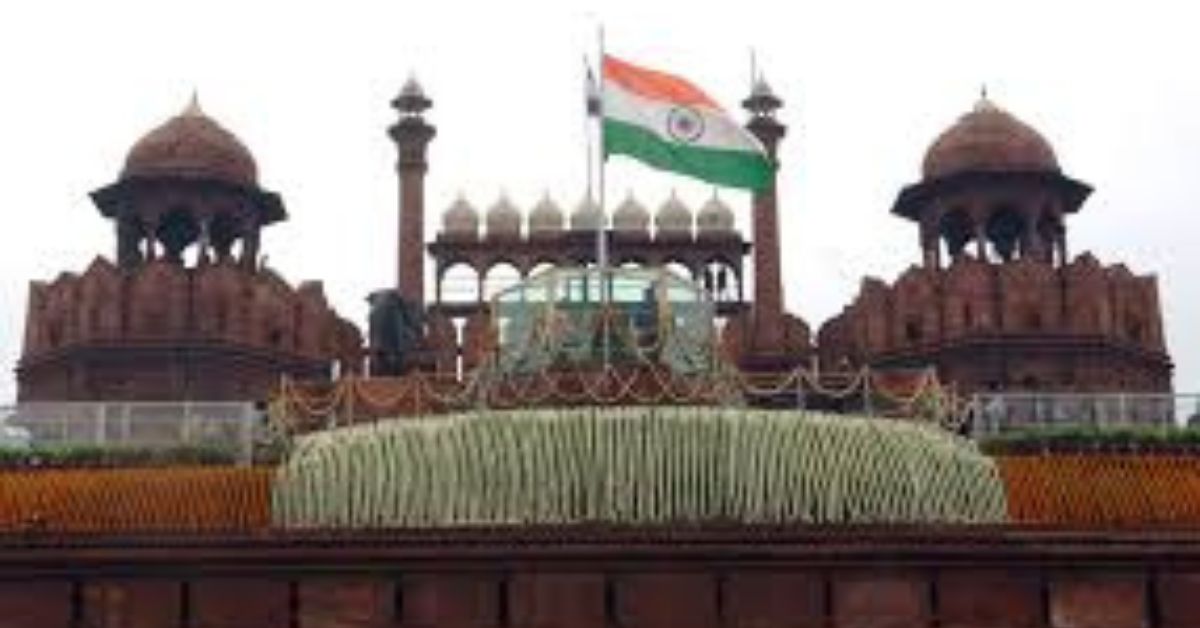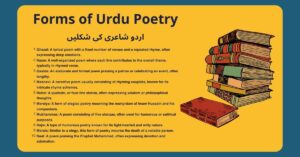Every year on August 15th, India celebrates Independence Day, which commemorates the end of British rule in 1947. This day is a watershed moment in Indian history, representing the country’s independence from centuries of colonial rule. The 77th Independence Day of India, every year is a historic occasion celebrated with tremendous zeal and excitement throughout the country.
Historical Background
A relentless struggle against British rule marked India’s journey to independence. Beginning with the Non-Cooperation Movement, and furthered by the Quit India Movement, the nation witnessed numerous acts of courage and unity. Guided by leaders like Mahatma Gandhi, Jawaharlal Nehru, and Subhash Chandra Bose, millions were inspired to fight for their rights and dream of a free India. Ultimately, the midnight of August 15, 1947, saw the Indian tricolor unfurl, a symbolic moment signifying the birth of an independent nation.
The First Independence Day (1947)

Flag Hoisting Ceremony and Celebrations: On August 15, 1947, the tricolour Indian flag was hoisted for the first time. Marking the dawn of a new era and symbolizing the birth of a new nation. In response, celebrations erupted across the country as people joyously rejoiced in their hard-fought newfound freedom.
Messages from Leaders and National Figures: Leaders and dignitaries sent messages of hope, unity, and progress to the nation. Emphasizing the responsibilities that came with independence.
Pre-Independence Era
British Colonization of India: India’s history of foreign rule began with the arrival of European traders, and by the 18th century, the British East India Company established a strong foothold in the Indian subcontinent. They gradually expanded their influence, imposing economic exploitation and cultural hegemony.
Major Events and Movements Leading to Independence: The Indian National Congress, founded in 1885, became a prominent platform for nationalist sentiments and demands for self-governance. Moreover, Mahatma Gandhi emerged as the leader of India’s non-violent struggle for independence, advocating civil disobedience and passive resistance. Additionally, other prominent freedom fighters like Jawaharlal Nehru, Subhas Chandra Bose, and Bhagat Singh played crucial roles in the fight against British colonialism.
The Struggle for Independence
Salt March and Civil Disobedience Movement: One of the iconic moments in India’s freedom struggle was the Salt March initiated by Gandhi in 1930. This non-violent protest against the British salt tax united millions of Indians and garnered global attention.
Quit India Movement: The Quit India Movement of 1942 was a significant turning point in the independence struggle. Indians demonstrated unwavering determination in their pursuit of freedom, even in the face of brutal repression by the British authorities.
Contribution of Various Leaders and Activists: Throughout the struggle for 77th Independence Day, leaders like Nehru, Bose, and others played vital roles in mobilizing the masses, inspiring patriotism, and advocating for a united India.
Evolution of 77th National Liberation Day Celebrations

Traditions and Customs Associated with the Seventy-seventh Self-governance Occasion: Independence Day traditions encompass a range of meaningful activities. Firstly, these include flag hoisting, symbolizing the nation’s sovereignty. Secondly, there is the tradition of singing the national anthem, which evokes a sense of unity and pride. Lastly, the observance involves paying homage to the freedom fighters who valiantly sacrificed their lives for the nation’s liberation.
The Importance of the Red Fort in the Celebrations. The Red Fort in Delhi serves as the venue for the Prime Minister’s annual Independence Day address. Which is broadcast live to the entire nation.
Parade and Cultural Events: The 77th Independence Day parade showcases India’s rich cultural diversity, military prowess, and technological advancements. It is attended by dignitaries and witnessed by millions across the country.
Indian National Song
The Indian national anthem is “Vande Mataram, ” meaning “I bow to you, Mother.” A prominent Bengali writer and poet Bankim Chandra Chattopadhyay wrote it in his novel “Anandmath”. The song was significant throughout India’s independence movement and became a symbol of patriotism and national pride.
The first two stanzas of “Vande Mataram” are as follows:
Vande Mataram! Sujalam, suphalam, malayaja shitalam, Shasyashyamalam, Mataram! Shubhrajyotsna pulakitayaminim, Phullakusumita drumadala shobhinim, Suhasinim sumadhura bhashinim, Sukhadam varadam, Mataram!
Vande Mataram! Kotikoti kantha kalakalanina dae, Kotikoti bhujai raajitalashae, Abalaa kiniminimalini, bala dharinimininala saje, Vande Mataram!
The song beautifully portrays India as a land of abundance and natural beauty. It depicts the country as a loving mother, providing nourishment and prosperity to its children.
“Vande Mataram” has had a profound impact on India’s history and continues to be an essential part of the country’s cultural identity. It is often sung on significant national occasions, including Independence Day and Republic Day celebrations, as well as in schools, gatherings, and events to express love and reverence for the motherland.
Bose The Untold Story of an Inconvenient Nationalist

Not many Indian heroes have had lives as spectacular and daring as Netaji Subhas Chandra Bose: The Untold Story of an Inconvenient Nationalist. However, that evaluation of his life is based on what is already well-known about him. These frequently center on his resignation from the Indian Civil Service, his joining the freedom movement, his being exiled twice for more than seven years, his challenging the Gandhian leadership in the Congress, his adopting an extreme stance against the British Raj, his eluding the renowned intelligence network to travel to Europe and then Southeast Asia, his formation of two governments, the raising of two armies, and his subsequent disappearance into obscurity. In barely two decades, all of this has occurred.
Currently, new information sheds light on Bose’s intense political activities surrounding the revolutionary groups in Bengal, Punjab, Maharashtra, and the United Provinces. Additionally, his attempts to heal the widening racial gap and his influence within the fractured political system have come to the forefront. Furthermore, his outlook and relationships with women, his descent into the depths of spirituality, and his preference for covert operations are now better understood. Equally significant are his attempts to incite a rebellion among the Indian armed forces. With this new knowledge, what had previously seemed dramatic now takes on a more intense quality, with plots and subplots centered around one man’s unwavering commitment to liberating the homeland and imagining its growth in a new era.
Bose: The Untold Story of an Inconvenient Nationalist is pacy, thought-provoking, and impossible to put down. It will provide readers with access to many of Netaji Subhas Chandra Bose’s hitherto untold and forgotten stories.
India’s Struggle For Independence

Bipin Chandra’s book, India’s Struggle For Independence, is the one to read if you want a comprehensive and extensive summary of the Indian independence movement. One of the most significant periods in Indian history is the war for independence. There has been a lot of discussion and writing on the subject, yet there is still a gap. It is uncommon for us to hear narratives of 77th Independence Day from the entire nation, as opposed to simply one area, in one location. This book admirably fills that need and also tells the story of how this movement affected the populace. The book by Bipin Chandra provides a thorough history of the fight for Indian independence from British domination. It is among the most accurate publications, meticulously prepared after an extensive investigation using legitimate oral and written sources.
The book depicts the first independence war, in which Mangal Pandey’s insurrection launched and saw Sri Rani Laxmi Bai put out a valiant struggle. Transitioning to subsequent phases, the book extensively discusses Mahatma Gandhi’s non-cooperation and civil disobedience campaigns. Moving further, the book includes a thorough explanation of Subash Chandra Bose’s charm and weapon-heavy tactics. Regardless of their scale or importance, this book covers every movement and battle for independence that affected all of India. These diverse movements had different methods and viewpoints, but they all shared a common aim: to achieve independence.
Independence Day A People’s History

India became an independent nation. What was it like back then to be a regular citizen? How did people observe the first Independence Day? What was the mood like on the streets, in the towns and cities, and in the remote villages? What emotions did they feel? And how do they currently feel about the country whose birth they witnessed?
In this incredibly poignant book, fifteen Indians from all around the nation share their memories of their first Independence Day. Some of them were just four or five years old, while others were teenagers preparing to start college. Additionally, some were newsless because they lived in remote locations without access to radio or newspapers. While others had never even seen an Englishman and had no concept of what it meant to be free.
Moreover, inter-communal rioting and the destruction of their lives terrified others. Here are tales from Bombay, Delhi, Mysore, Lahore, riot-stricken Punjab, Bengal, and isolated Tamil Nadu and Bihar villages. Importantly. These anecdotes, each unique, vividly bring history to life and serve as a poignant reminder that, beneath the facts. On significant dates, countless Indians collaborated in shaping history.
The 77th Nation’s Independence Commemorative is a profoundly inspirational and intensely compelling film. Vividly brings to life the events of the 15th of August 1947 and encapsulates a significant period in Indian history.
Conclusion
The 77th Independence Day of India serves as a poignant reminder of the nation’s unyielding resilience. Underscored by the challenges it has overcome, unwavering unity in the face of diversity. The remarkable progress achieved since its liberation from colonial rule. India has marked the arduous journey from the shackles of colonial rule to the embrace of a vibrant democratic republic with a tapestry of challenges and triumphant moments.
Significantly, this annual observance transcends being a mere holiday. Instead, it stands as an exultant celebration of the indomitable spirit and unshakable determination that define the Indian people. Furthermore, this day not only honors the sacrifices of the past but also cultivates a forward-looking vision of a more radiant future. As India navigates the currents of continuous evolution. As it confronts novel challenges on its path, yet, the resolute spirit of independence remains a guiding compass. Steadfastly steering the nation toward the horizon of its destiny.





